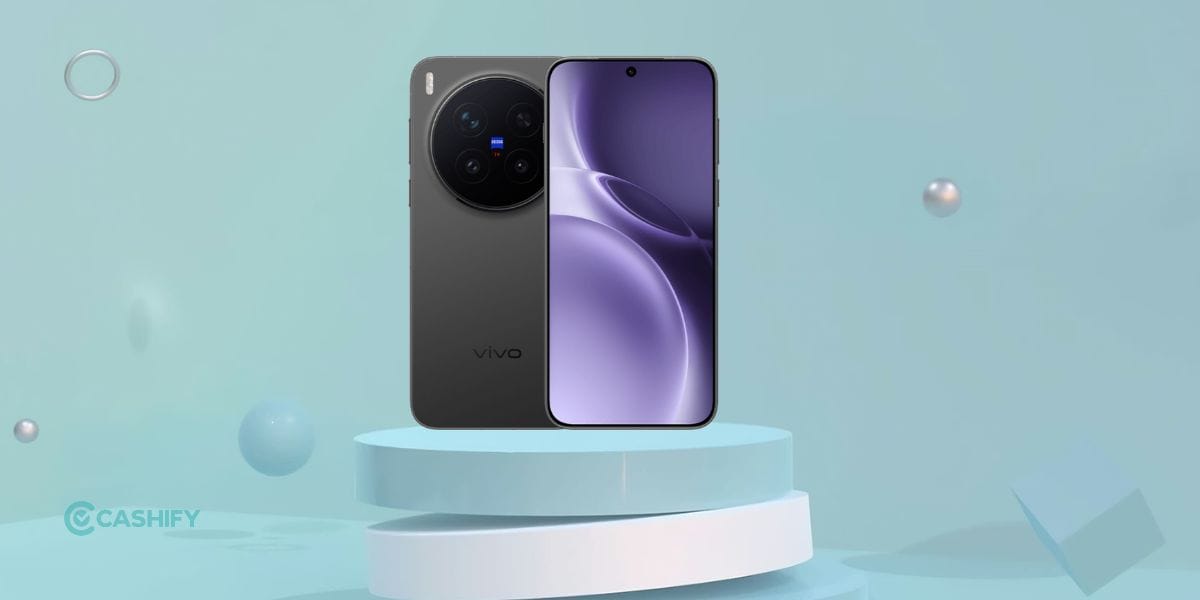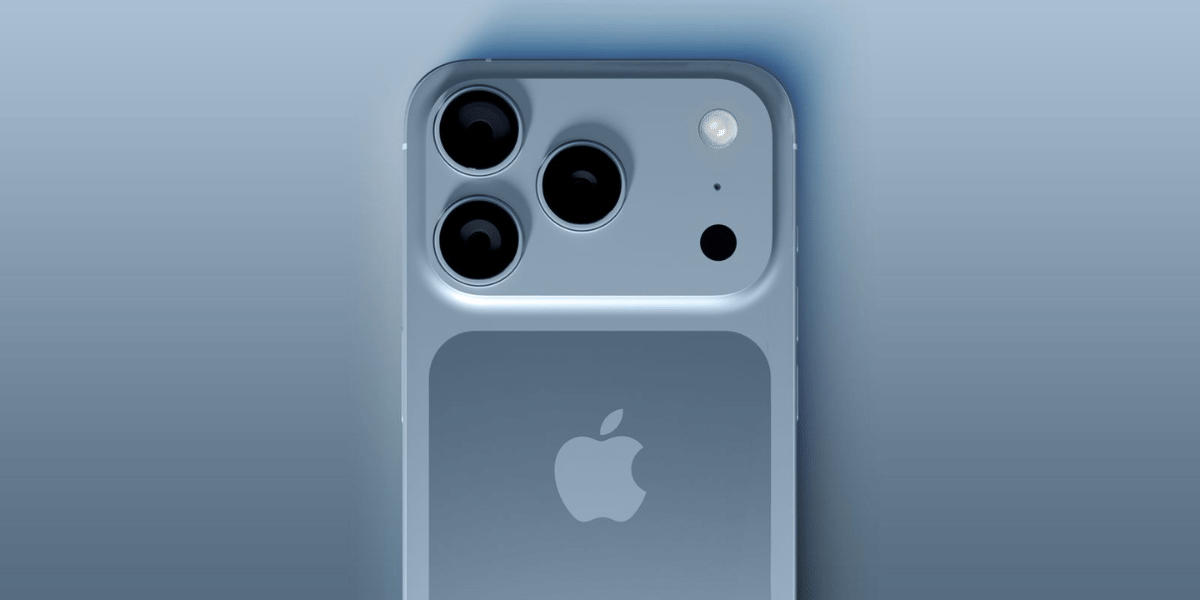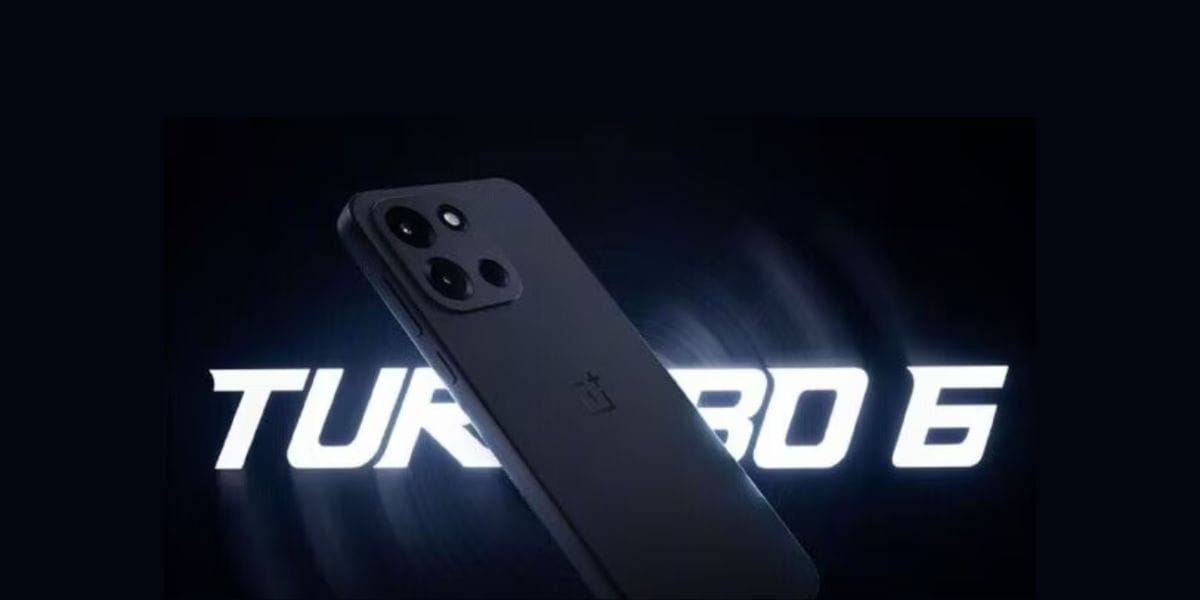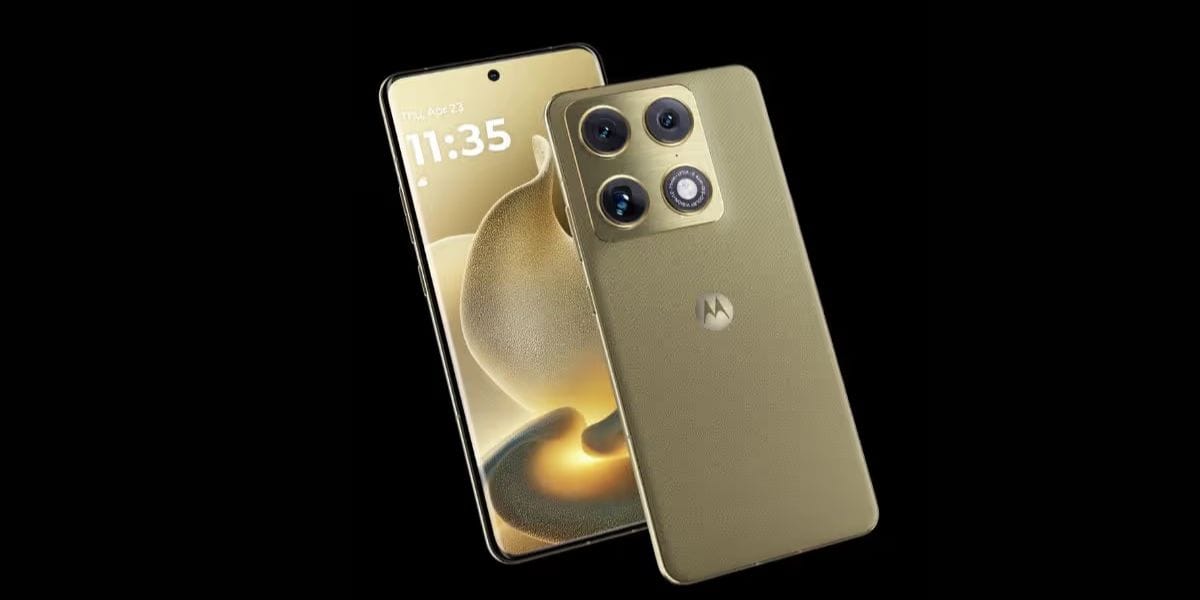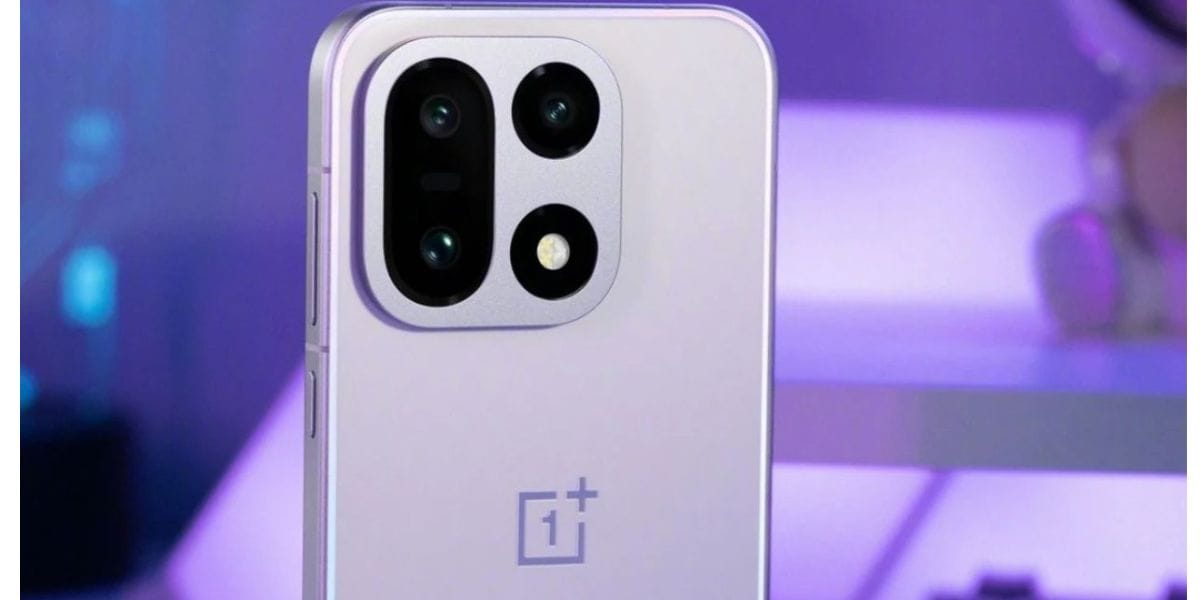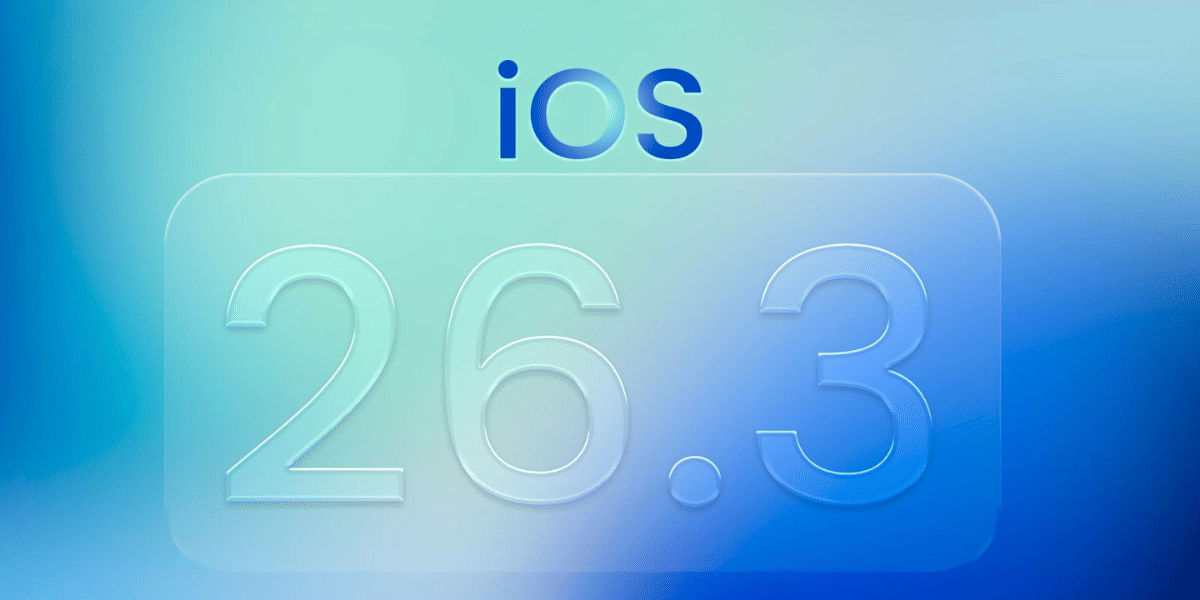In addition to new MacBook Pro models and a 24-inch iMac, Apple also presented its latest inventions at the ‘Scary Fast’ event on Halloween Eve. These chipsets, which are produced using TSMC’s 3nm technology, have the potential to improve performance by up to 60% in some applications. The purpose of these potent processors is to improve the MacBook Pro models’ overall performance and user experience.
To find out if the M3 chipsets live up to Apple’s claims and make an upgrade from the current MacBooks with M1 and M2 chipsets worthwhile, a thorough analysis is necessary. The main distinctions and enhancements provided by the Apple M3 chips over the M2 chips, its predecessor, will be discussed in detail in this article.
Also Read: Is The 2020 M1 MacBook Air Still A Worthy Buy In 2023?
Apple M3 vs M2 Comparison
1. Apple M3 vs M2: Pricing and Availability
The 24-inch iMac (Pricing from ₹1,34,900) and the 14-inch MacBook Pro (Pricing from ₹1,69,900) are the only two products that now include the M3 chipset. Interestingly, the 13-inch MacBook Pro with the M2 chipset will give way to the 14-inch MacBook Pro with the M3 chipset.
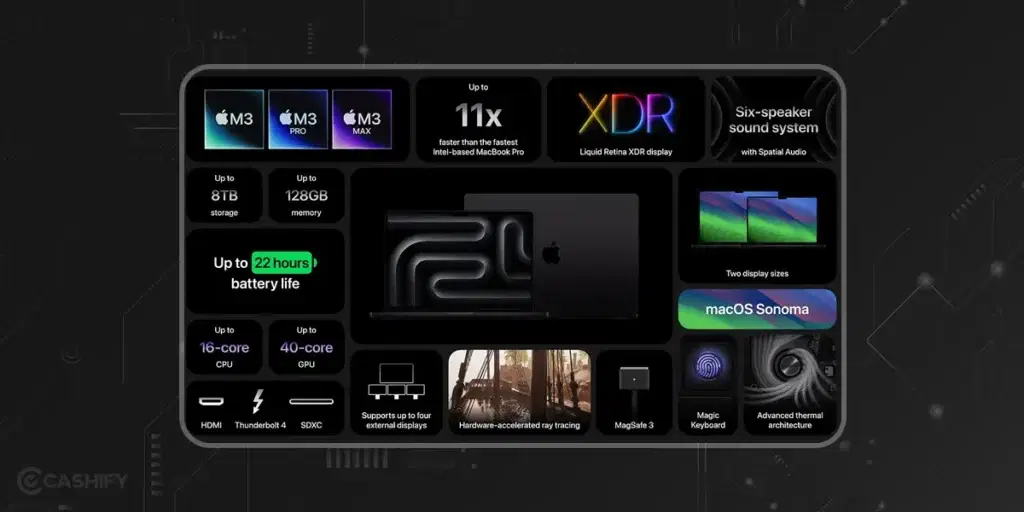
When launching new CPUs, Apple usually takes a gradual approach rather than rolling out a sudden update to every Mac model in the lineup. However, it is anticipated that the M3 chipset will progressively become more prevalent throughout the company’s wide array of products. Additionally, Apple debuted a new colour for the MacBook Pros called Space Black, which is only available on the M3 Pro and M3 Max models and not on the Base Model M3 MacBook Pro.
Also Read: Why Should You Choose Apple MacBook Air Over Any Laptop?
2. Apple M3 vs M2: CPU: Incremental Upgrades
This year, the Apple M3 received significant architectural improvements, including the adoption of TSMC’s 3nm production node, comparable to the Apple A17 Pro. As a result, the original Apple M3 chipset has around 25 billion transistors, the M3 Pro has 37 billion transistors, and the M3 Max has an astonishing 92 billion transistors.
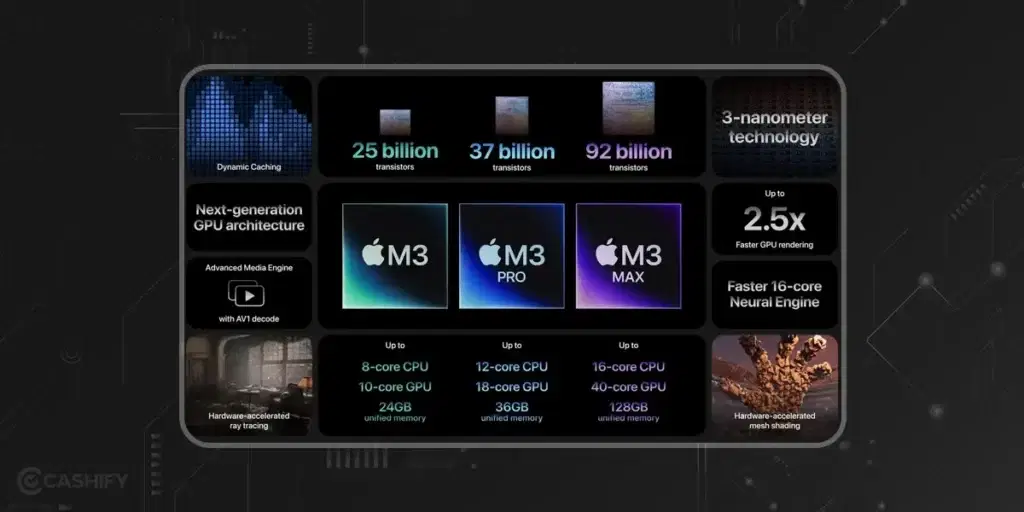
Regarding CPU configuration, the standard M3 chip has 8 CPU cores, the M3 Pro has 11 or 12 CPU cores, and the M3 Max has up to 14 or 16 cores. The M3 series offers upgraded high-performance and efficient cores, with Apple claiming that the M3 chipset’s high-performance core is 15% faster than the M2’s equivalent, while the M3’s efficiency cores are 30% quicker than the M2’s. The CPU cluster in the M3 Pro has been restructured, with an equal 6P+6E core distribution rather than the 8P+4E design in the M2 Pro.
The M3 chip, with 8 CPU cores, has a 4P+4E cluster architecture, whereas the M3 Max, with 16 cores, uses a 12P+4E cluster. As a result, in multi-threaded applications, the Apple M3 offers a small improvement over the M2. During the introduction, Apple mostly contrasted the M3 to its three-year-old M1 chipset, failing to highlight the M3’s performance over the M2.
In its earlier M2 announcement, Apple claimed an 18% improvement over the M1. The M3 is now said to give a 35% increase in performance over the M1 at peak power, equating to a CPU performance that is around 17% better than the M2. Notably, Apple found that the M3’s 8-core CPU is up to 20% quicker than the M2.

The effectiveness of the CPU upgrade on the Apple M3 depends on the model selected and how its core cluster is designed; this has a big impact on performance results. In conclusion, the Apple M3’s CPU boost is praiseworthy, especially for anyone switching from the M1, but it only makes a slight improvement over the M2.
Apple has lowered the memory bandwidth for the entry-level and mid-range models to 300 GBPS for the M3 Max and 150 GBPS for the M3 Pro, respectively, from 200 GBPS and 200 GBPS for the M2 Pro. A sleek 128GB Unified memory option is now available for the Apple M3. We were residing in memory lane with the M2 Max due to its 96GB restriction. To obtain that gorgeous 192GB, you had to go large and go with the M2 Ultra.
3. Apple M3 vs M2: GPU: A Big Leap Forward
There have been some very serious rumours about the Apple M3’s GPU, and believe me when I say that it looks like some type of magical tech dust has been applied.
The Apple M3 is a powerful machine with a 10-core GPU, but if that’s not enough, the M3 Max has 40 GPU cores. The M3 range states that the standard M3 has ten cores, the Pro has fourteen and eighteen, and the Max has thirty and forty. They seem to be saying, “You get a GPU core, and everyone gets a GPU core.”
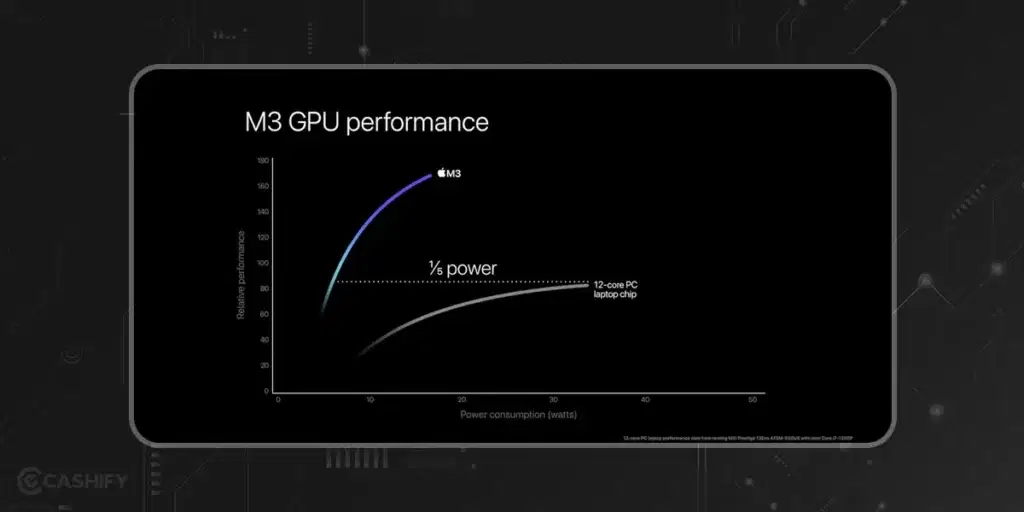
Now, let’s talk features. Brace yourself for some serious gaming vibes because the M3 supports hardware-accelerated Ray Tracing. That means gaming on Mac is going to be a thing. And if you’re into complex geometric designs, the M3 has got your back with Hardware-accelerated Mesh shading. Because of this, rendering visual scenes in graphics-heavy games is going to be bliss.
The real star of the show is actually “Dynamic Caching”. This lets the M3 flex its muscles by allocating system-level memory in real-time. Resulting major boost in performance.
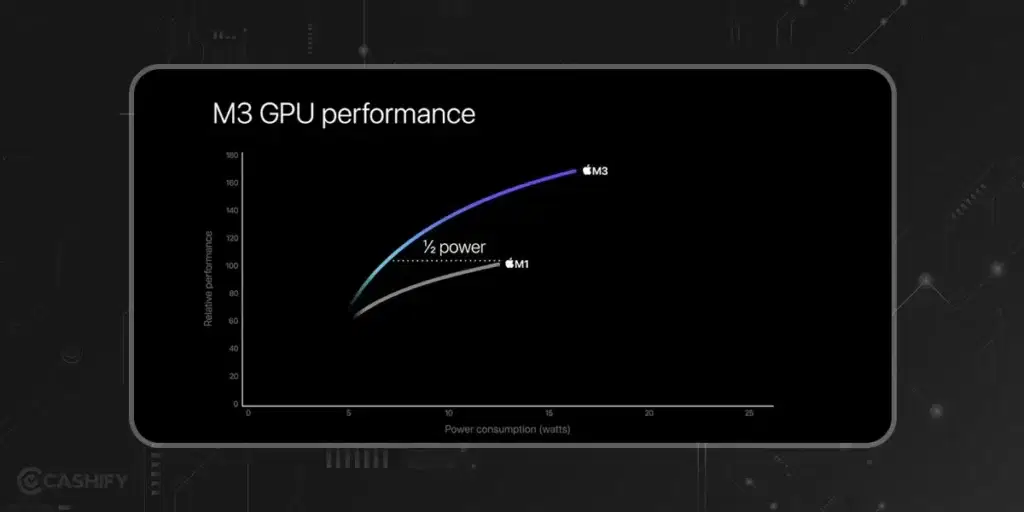
And the figures, whoa! With a 20% faster clock, the M3’s 10-core GPU is challenging the M2’s performance. Additionally, the M3 Pro’s 18-core GPU offers a 10% speed increase over the M2 Pro. Additionally, the M3 Max offers 20% better performance than the M2 Max thanks to its 40-core GPU. All things considered, Apple asserts that the M3’s GPU is exhibiting impressive performance, up 10–20% over the M2 and an astounding 65% greater than the original M1 GPU.
But there’s still more! At half the power consumption of the M1 GPU, the M3 GPU achieves performance parity. It is comparable to achieving peak performance while using half of the battery’s capacity.
Also Read: MacBook Air M2 vs MacBook Air M1: Quick Comparison
4. Neural Engine and Media Engine: Custom Engines for AI and Video
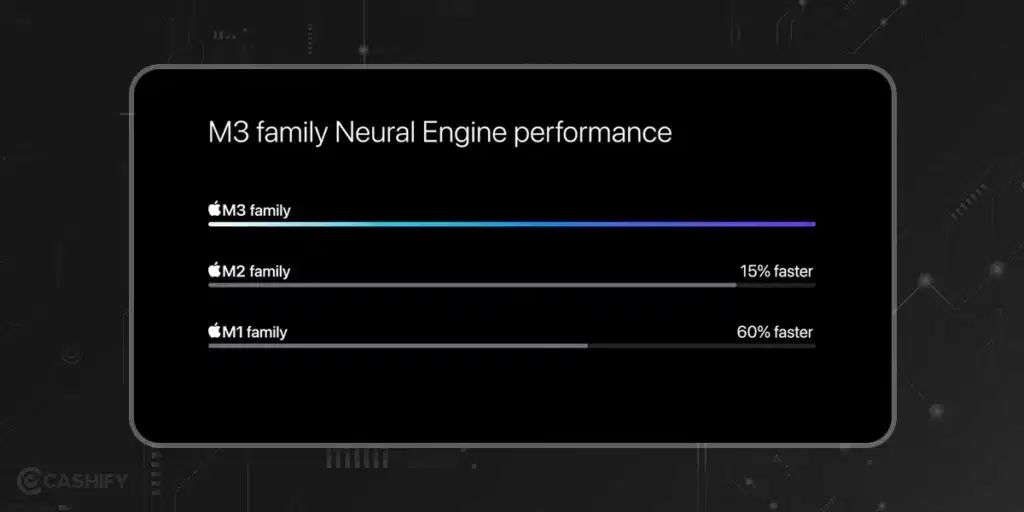
Apple has given the M3’s Neural Engine a turbo boost; it is now 15% faster than its M2 predecessor while maintaining the reliable 16 cores and a stylish design.
The M3’s neural engine boasts a 60% speed boost over the M1. Imagine it as the M3 in a cape speeding past the M1 with the expression “Catch me if you can!” However, in terms of the M2, it appears as though they are competing in a friendly race, with a close margin.
The Media Engine is capable of decoding AV1. You may now stream those videos on Twitch and YouTube that are encoded using AV1, and there are even rumours that it may slightly increase your battery life. Indeed, the video codecs H.264, HEVC, ProRes, and ProRes RAW remain on the list.
Also Read: Which Apple Macbook Pro Should You Buy?












